I longed for a day of just sitting and enjoying the sea. The list of boat chores was endless as we prepped Gémeaux for a second season of sailing in the Med. It’s was exhausting. Every muscle in my body ached from lifting and scrubbing. But we got it done and I got my wish.

Well, a three-night offshore passage from Sicily to Croatia wasn’t really what I had in mind. I said sit and enjoy the sea, not lie on the couch in a sea sickness fog. But this passage would be different. I finally got the magical elixir—cyclizine! Don’t run to the market—it’s not available in the U.S. I’ve looked everywhere. Fortunately, I have fabulous friends (thank you Allan and Maggie) from South Africa and New Zealand who shipped it to me. 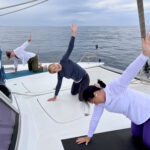 Speaking of Allan, or Crallan (short for “Crew Allan” to distinguish him from Captain Allen), he’s onboard again. Allan crewed with us across the Atlantic and this time he’s brought along his lovely wife and delightful daughter to do some sightseeing in Croatia. We took in one final view of Syracuse’s stunning baroque architecture from our yoga practice on the bow as we departed Sicily in calm seas. Then the wind picked up.
Speaking of Allan, or Crallan (short for “Crew Allan” to distinguish him from Captain Allen), he’s onboard again. Allan crewed with us across the Atlantic and this time he’s brought along his lovely wife and delightful daughter to do some sightseeing in Croatia. We took in one final view of Syracuse’s stunning baroque architecture from our yoga practice on the bow as we departed Sicily in calm seas. Then the wind picked up.
I woke just before 4am to start my first shift. The captain gave me the rundown—there’s a big tanker off the starboard side but he’s just sitting there. Okay, don’t have to worry about him. We’ve got the main and jib reefed because of earlier wind and big sea state. Even though the wind has settled to 14k, it seems to constantly fluctuate so let’s just leave the sails reefed. Good–I like when we reef at night. There are squalls around and lightening on the horizon. Oh great.😳 But they’re traveling in the same direction as we are so unless they appear behind us on radar, we don’t have to worry about them. Noted. I make a mocha (my standard night watch drink) and settle in at the helm.
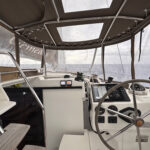 It’s just below 60 degrees outside but it’s a toasty little cocoon in the enclosed helm. Complete darkness prevents me from seeing anything except a faint glow from that tanker. There’s a lightening show–don’t worry, it’s in front of us. The sea is active and although I can’t see them, I can hear waves thrashing against each other and occasionally into the boat, always giving me a jolt. I never get over the shift in senses during a night watch at sea—the absolute loss of the one sense most of us take for granted, forcing the other systems to wake up and take charge.
It’s just below 60 degrees outside but it’s a toasty little cocoon in the enclosed helm. Complete darkness prevents me from seeing anything except a faint glow from that tanker. There’s a lightening show–don’t worry, it’s in front of us. The sea is active and although I can’t see them, I can hear waves thrashing against each other and occasionally into the boat, always giving me a jolt. I never get over the shift in senses during a night watch at sea—the absolute loss of the one sense most of us take for granted, forcing the other systems to wake up and take charge.
I get my bearings on the chart plotter—an essential tool in the dark. Wind angle, course over ground, distance to waypoint—terms that still feel twisted on my tongue. I see the squall in front of us. And then I zoom out to see where we are relative to where we started. Wait—how can this be?! After nearly 20 hours of sailing, we are STILL making our way across the southern toe of the Italian boot. No matter how much progress it feels we’ve made, the heel of Italy seems out of reach. Like we’re treading water. This is when I realize just how big the Mediterranean is. Maybe because it’s only 600 miles north to south, I always considered the sea to be relatively small. In fact, at 2000 miles west to east, the Med is roughly the same distance across as the United States. There are 200 miles of this fine Italian boot stretching from its toe to its heel—definitely a size 16…just like our captain’s shoes!

The horizon becomes visible at 5am as the first signs of light appear. My sense of sight stirs from slumber and, free of any other distractions, I observe the tiniest changes in the sea and sky. Each morning I notice a different detail. Today, I notice the first sign of the ocean around us are the white caps of waves I’ve only been hearing through the night. The pale outline of clouds reminds me where the eastern sky is, and boy are we east—the furthest in our sailing adventures. Suddenly, a small but fierce orange fireball of light escapes through a tiny crack of muted grays in the sky. It’s gone in seconds, swallowed up by clouds, but I’m filled with gratitude having witnessed the spectacular debut of a new day.

Early on day two, Allen notices a cloud of steam coming from the port engine, indicating that it’s overheating. We immediately shut it down, thankful that we have a second engine to keep us moving in this morning’s windless state. Allen and Crallan troubleshoot crawling into the engine compartment and reappearing like grease monkeys. Did we hook a plastic bag around the prop? Nope. Did something break in the pump? Nope, the impeller is mostly fine. Is there a clog in the sail drive? The captain hooks up a hose and blows water through it. It too is free of any blockage. Allen notices the water pump is leaking both water and oil. He tries to remove the water pump to replace it (of course we have an extra) but it’s not possible to extract without a gear puller (which we don’t have…but will be ordering when we get to shore). For the next 200 miles, we use only the starboard engine…and take icy showers since the port engine is responsible for making our hot water. I immediately abandon all showering, which turns out to be fine when, standing in a pool of black suds while washing off his grease monkey body, Allen discovers the starboard shower pump has also fallen ill.
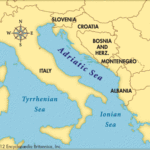
Encyclopedia Brittanica
Hours later, feeling a little sad about Gemeaux’s list of ailments, we can at least celebrate rounding that damn boot. We turn northeast to finally cross the Adriatic Sea towards the western coast of Montenegro. I regard the chart plotter again, this time for a geography lesson. This area has seen much turmoil and frankly I’ve lost track of the current names of these Baltic countries. Moving north from Greece is the country of Albania, next Montenegro, and then barely pushing out Bosnia and Herzegovina, Croatia begins its coastline north until it reaches Slovenia, just missing out on sharing a border with that size 16 boot. That’s just the coast—inland, Croatia stretches its boundary to Serbia and Hungary. I’ll save the history lesson on the mergers and acquisitions of these countries once we make landfall.

On the morning of day four, I can indeed detect land. Just below the clouds is a faint outline of mountains and, after looking at the map once again, I determine they belong to Montenegro. There are no dragons flying overhead or black and white spotted dogs bounding along this Dalmatian coast to announce we’ve entered Croatian waters. Instead, the rugged Dynaric Alps simply transition into Croatia and as Dubrovnik finally comes into view, we know instantly by its walled city that we’ve arrived in King’s Landing. Passage complete. Now, I will sit and enjoy the sea. Or maybe I’ll go look for dragons.
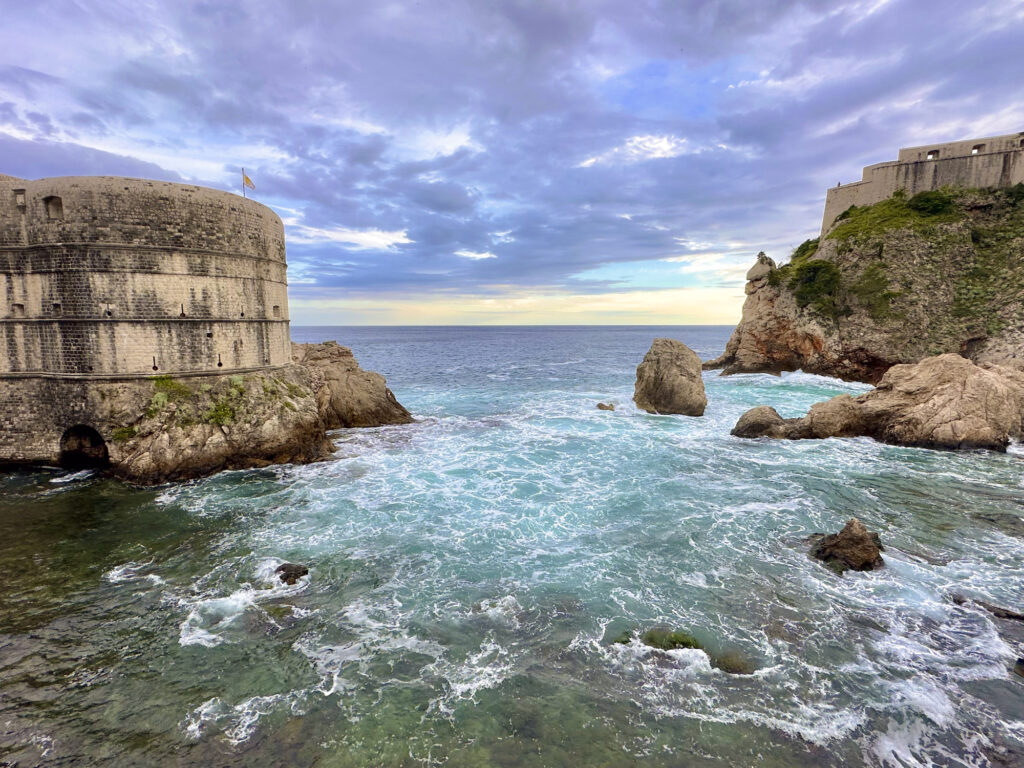


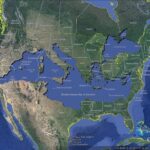
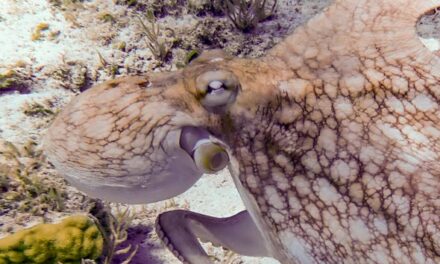
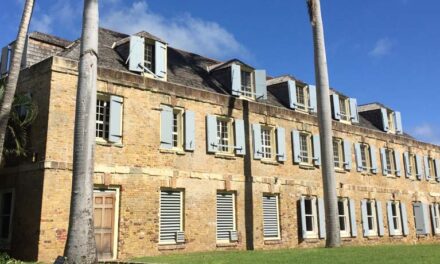
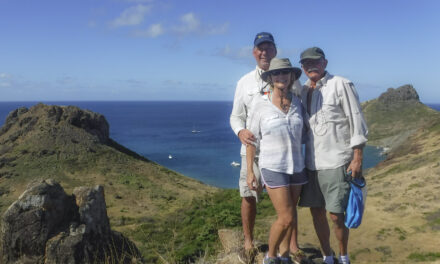
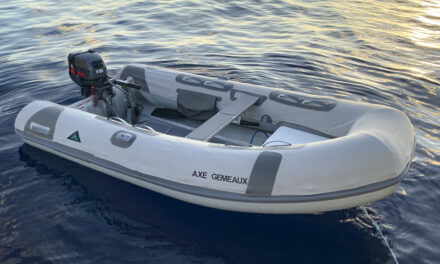
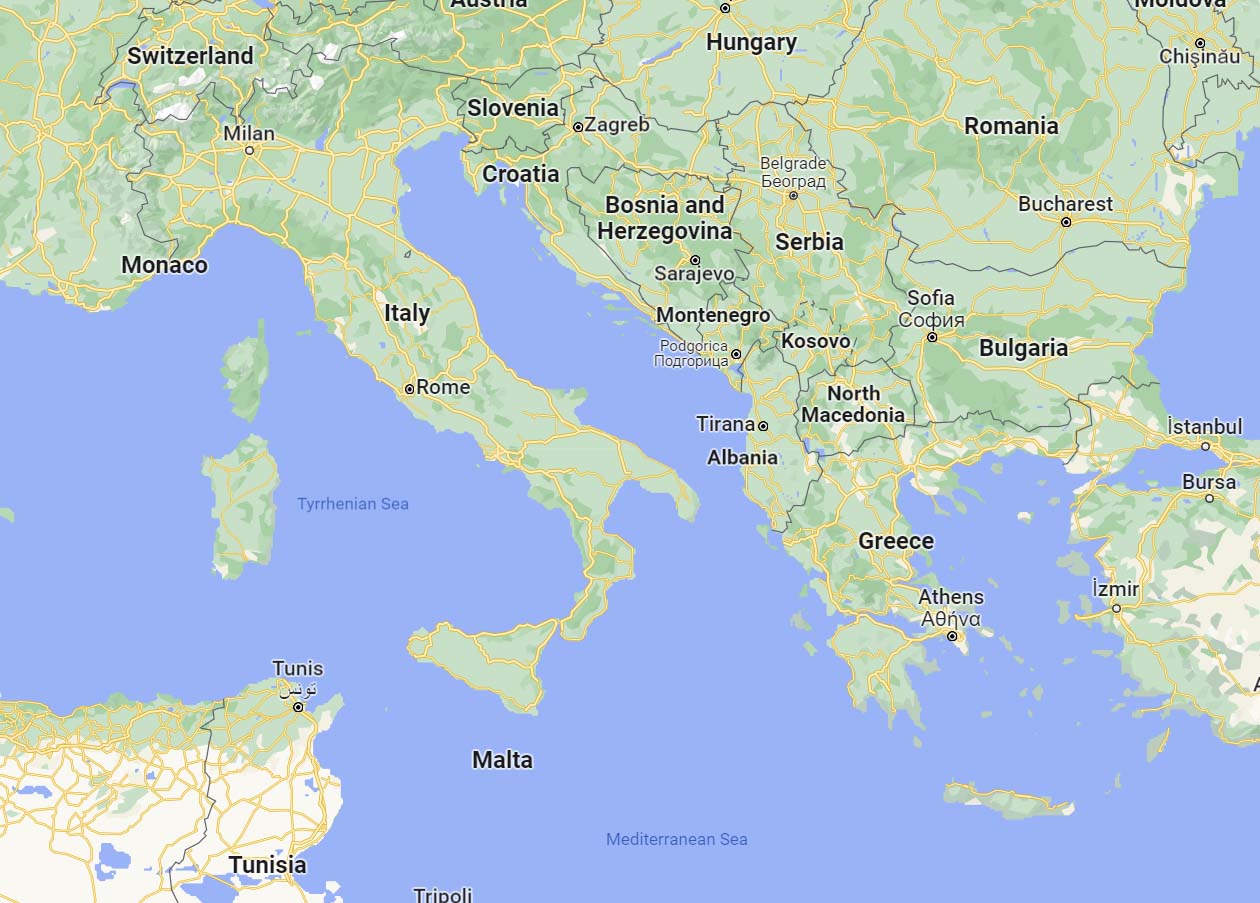
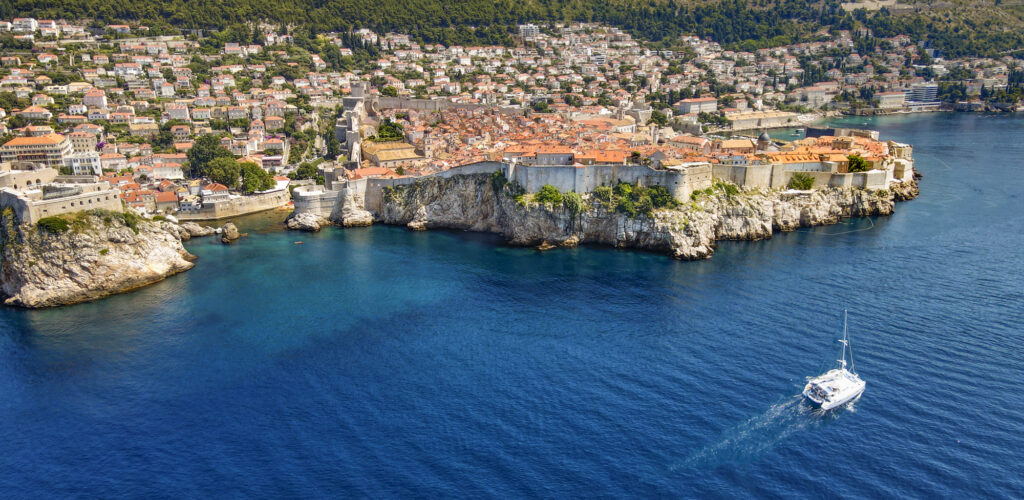
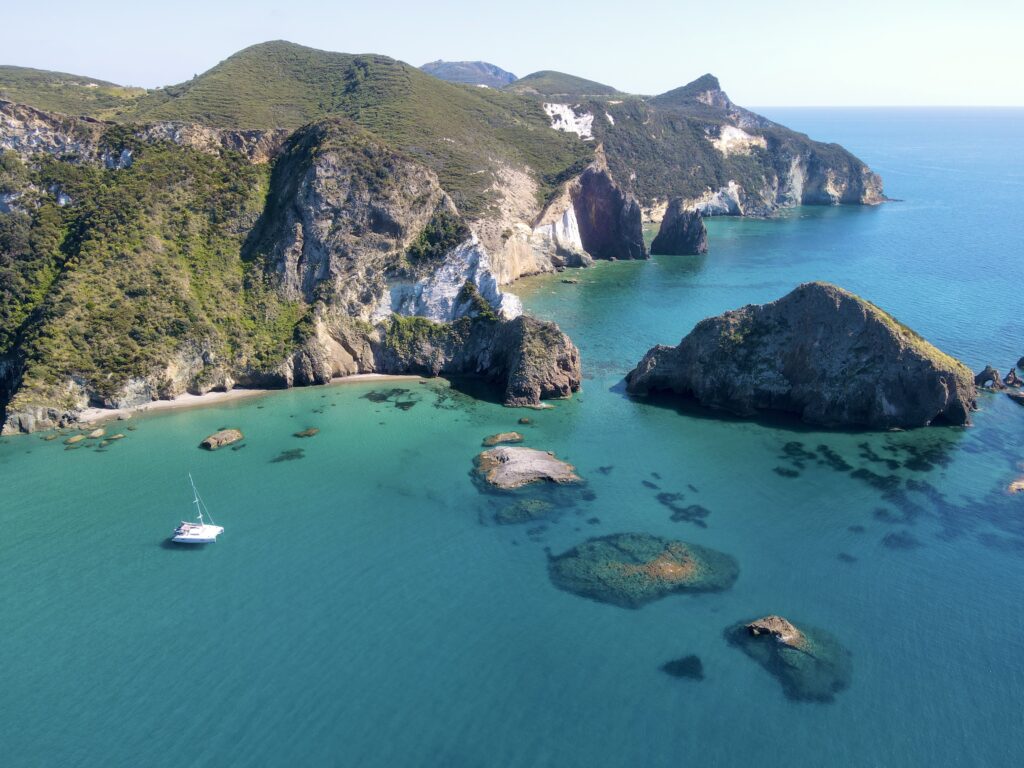
Another great adventure! Thanks for sharing.
Did the blacksmith in kings landing have the parts for the shower pump repairs?
Wonderful reading again, so envious of your eloquence 💕 We’re sailing Brittany and have decided not to have a plan this year – thrilled and but at the same time insecure since we always had a plan – crossing our fingers we will stick to the no plan 🤣 At one time I was product manager for cyclizine called Marzine the a product produced and sold by Wellcome who later was bought by Glaxo 😎 Anyway Marzine is not sold in Sweden I had to get mine in Norway, this was in 2016 and they are still good 🙏🏻 But I also use other products so I don’t get use to them and they loose effect 🫣 Love to you both from us on Bushpoint (Jeanette) (PS do you have a plan?)